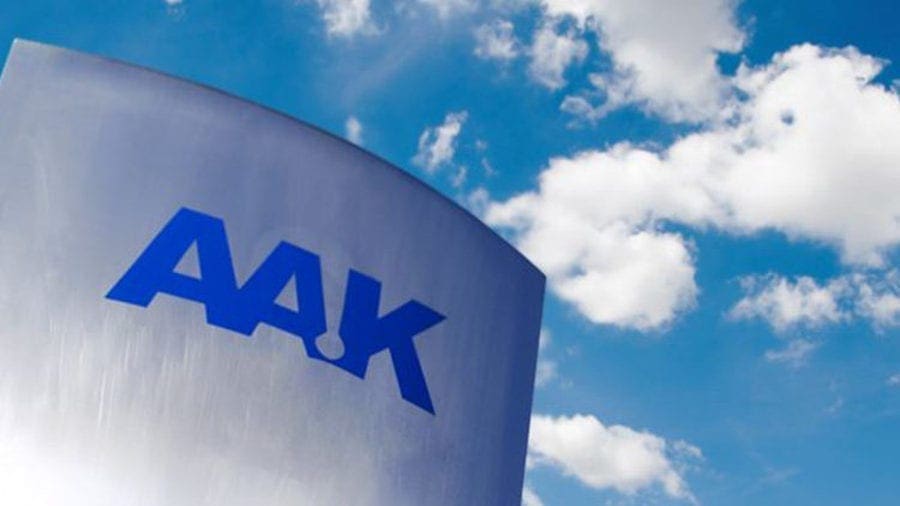WORLD – Growth prospects in the global animal and pet nutrition ingredients market look promising over the next six years, according to a recent Frost & Sullivan forecast.
Frost & Sullivan expects the total market for animal and pet nutrition ingredients to grow from US$16.612 billion in 2018 and reach US$24.178 billion by 2025, recording a compound annual growth rate (CAGR) of 5.5% during the period.
The Frost & Sullivan’s recent analysis cites strong growth in the livestock feed industry in developing regions, with an uptick in aquaculture feed as one of the major factors driving sustainable market prospects.
In addition, an increase in per-capita meat consumption fuelling production efficiencies and, in turn, demand for feed additives as well as stringent regulations limiting the use of antibiotics for growth promotion will also propel growth in the sector.
Meanwhile, increased awareness among pet owners, pertaining to the health of their pets, is set to propel functional ingredients in the pet nutrition sector, according to the analysis.
“To meet growing insistence for high-quality meat and other animal products, there is increased pressure on farmers to improve quality and productivity, along with ensuring higher sustainability.
“Therefore, the practice of supplementing diets with additives such as vitamins, amino acids, organic acids, enzymes, and probiotics is expected to intensify,” said Smriti Sharma, Industry Analyst, Agriculture & Nutrition at Frost & Sullivan.
“Furthermore, a shift toward landless commercial production systems will augment the need for supplementing diets with additives that can promote healthy and faster growth and improve the feed conversion ratio,” Sharma adds.
Regional markets outlooks
On a reginal basis, China remains the major producer and key consumer of feed additives, driving the overall market in the Asia-Pacific (APAC) region – according to the analysis.
The research forecast considerable growth in the developing economies such as Latin America in terms of feed additives owing to increased demand for meat products.
“APAC is expected to remain one of the major producers of compound feed, with swine and poultry sectors dominating in terms of demand,” noted Sharma.
“Growth in the aquaculture sector is expected to drive the market both regionally and globally.”
However, competitive landscapes for the individual ingredient categories vary, with the value chain for animal feed and pet food additives posting significant consolidation in the past few years.
This was attributed to the move by manufacturers’ in offering one-stop solutions to their customers by vertically integrating the lines of business to offset competition.
In general, the market is fragmented with a number of Chinese manufacturers competing with major global manufacturers such as DSM, ADM, BASF, Cargill, Novus International, Evonik, and DuPont.
The research highlighted additional growth opportunities that participants should aim to secure to include; developing novel microbial strains that could enhance the immune functions and focusing on product portfolio expansion and partnerships.
Other avenues include devising cost-effective production routes to control price volatility and overcome demand challenges in an otherwise price-sensitive market and expanding research and development in all segments.











